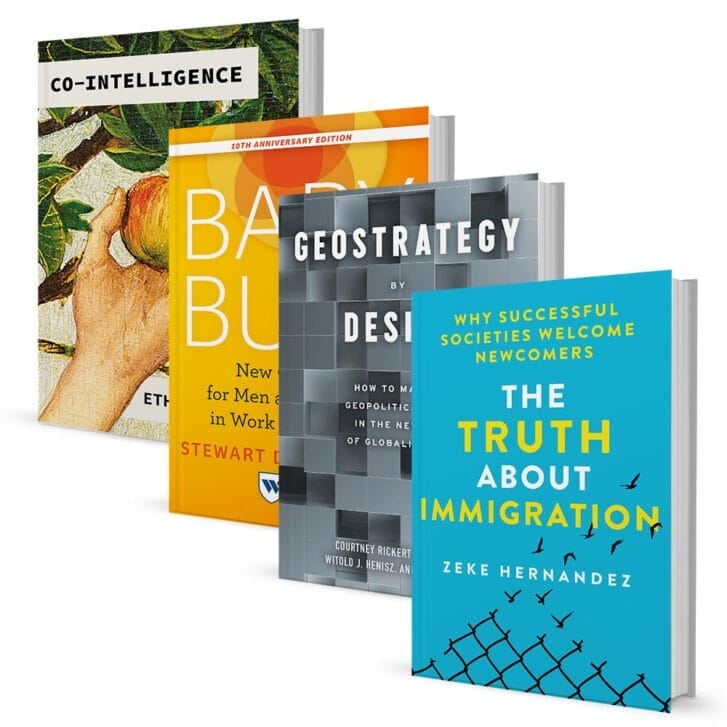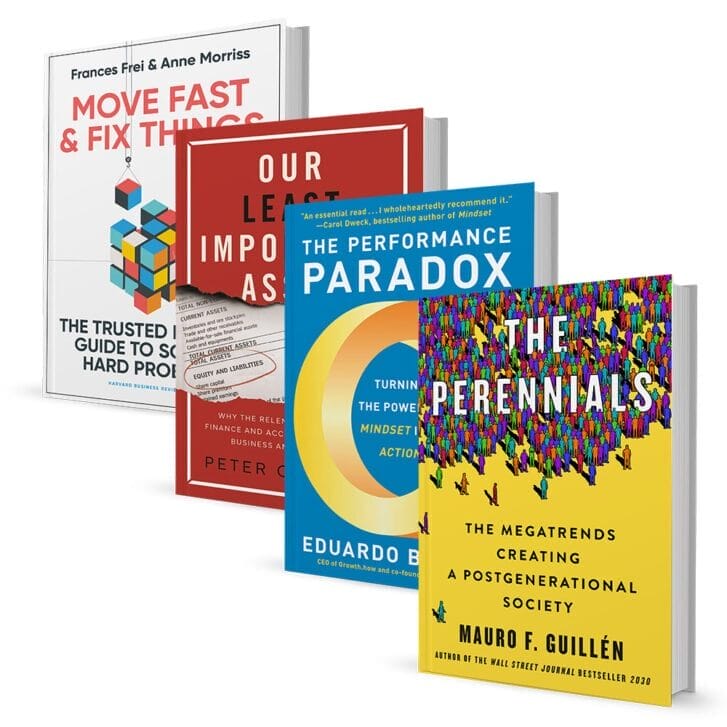Inspired by everything from Warby Parker to the Sustainable Development Goals, more students are engaging in impact entrepreneurship than ever before.
Today’s young entrepreneurs believe in applying business solutions to the world’s toughest problems, and they’re putting their Penn-developed skills to use in starting and scaling enterprises to tackle these problems. Exciting prizes and competitions are fueling impact ambitions and giving students access to guidance, feedback, visibility, and capital.
This year, Penn’s President’s Innovation Prize joined the President’s Engagement Prize as terrific opportunities for the Penn community to build post-graduation social ventures. The team at WSII was eager to assist students on their entrepreneurial journey to impact. After receiving many requests from students who wanted to meet and discuss their ventures, WSII decided to respond to their questions by creating a workshop for all interested students.
WSII’s “Penn Impact Entrepreneurship Workshop” gave students an overview of the impact entrepreneurship ecosystem, and highlighted some of the key lessons impact entrepreneurs of all sorts must address. Attendees at these sessions included those applying (or thinking about applying in the future) for competitions and prizes including the Hult Prize, the Wharton Business Plan Competition, and Penn’s President’s Engagement and Innovation Prizes. Following the workshop, WSII provided one-on-one coaching sessions to dozens of passionate, inspiring, and impact-minded students.
For more information on impact entrepreneurship and all of the great things happening at WSII, check out the five-part WSII blog series that highlights tips, questions, and advice for Impact Entrepreneurship from the WSII staff. The below question comes from Sandi Hunt, asking: who is paying for all of this?
Read the rest of the impact entrepreneurship week series in the WSII blog archive.
——
Sandi Maro Hunt, Associate Director, Social Impact: “Who picks up the tab?”
With almost every group I met, I found myself asking the same question: Who is paying for the negative impact of the problem you’re trying to solve?
Many aspiring impact entrepreneurs looked first to the impacted individuals as the paying customers, ignoring the other groups in the ecosystem who have a stake in bringing down or eliminating the cost of an issue. This kind of thinking limited students’ grasp of potential revenue streams and sources of financial sustainability. Sometimes the best paying customer is NOT the person that the students are trying to positively impact. When impact entrepreneurs look more broadly at who pays for the downstream impacts of the problem, they often find more significant revenue streams and engage with players who could really shape the ecosystem as a whole.
So, I talked with many of the students about vacant lots. Yes, vacant lots. When WSII was working on our FastFWD program, we looked to the challenges–and opportunities–around vacant lots in Philadelphia. An entrepreneur could look at a vacant lot and consider how the community itself might support it to improve their surroundings. But how much would you ask citizens to pay – and how much would they pay – to receive such an improvement?
I challenged students to consider who might pay for the impact. This would take them in another direction: the City of Philadelphia spends plenty to keep those vacant lots safe and monitored. So, if you can come up with a solution for those lots that costs less than the high maintenance costs the city pays, you could have a paying customer (happily paying less than before to solve a problem) and the community members you were trying to assist could reap the benefits without cost.
So next time you are considering a venture, think about the problem you’re trying to solve and ask yourself, “right now, who’s picking up the tab for this?”
Editor’s note: This article was originally posted on WSII’s site on April 25, 2016.


























